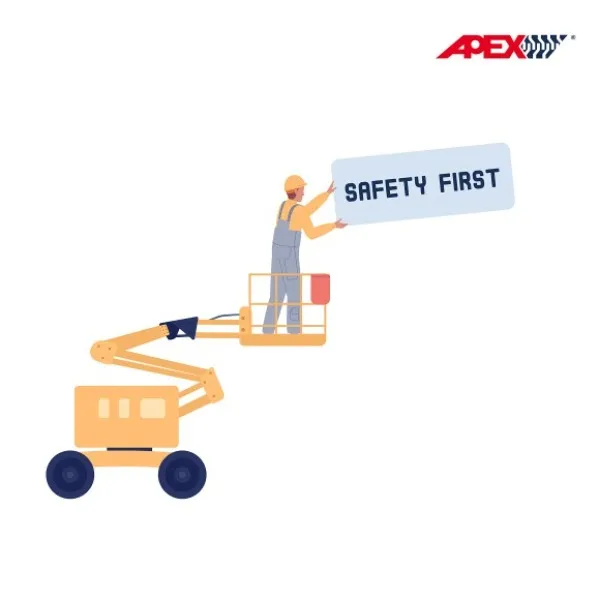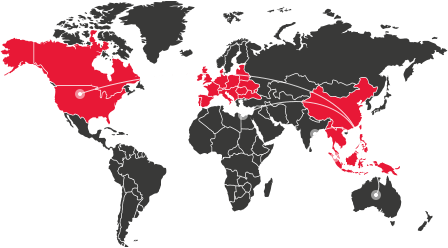Safety Advice For Aerial Lifts

Aerial lifts are utilized in a variety of industries, such as building, maintenance, and firefighting. These lifts can be extremely beneficial, but they can also be extremely deadly if not utilized correctly. Here are some safety precautions to take when working with aerial lifts:
Proper Training and Thorough Inspection
Before operating an aerial lift, ensure that you have received adequate training and that your certifications are up-to-date. Training should address the equipment's safe operation, maintenance, and potential risks. Before use, thoroughly examine the aerial lift. Examine the equipment for any evidence of damage or wear and tear, including cables, hoses, and safety measures. Any safety flaws (such as hydraulic fluid leaks, faulty brakes, steering, lights, or horn, and/or missing fire extinguishers, lights, seat belts, or backup alarms) must be notified immediately for repair. They must also be locked, marked, and taken out of service.
Remember to also inspect the surroundings of the vehicle. Check the area before beginning any outside work to see if there are any drop-offs, holes, ditches, slopes, rubbish, or other floor obstructions that should be cleaned up or avoided. You should also be aware of any adjacent communication cables and overhead power lines.
Weather Conditions
Another important risk to be aware of is high winds and dangerous weather conditions that could imperil your staff. When using an aerial lift, keep the weather in mind. The amount of wind must be taken into account. When operating in windy conditions, follow the manufacturer's instructions. Aerial lifts should not be operated in gusts over 25mph, though this varies based on the brand of equipment. Extreme weather conditions might raise the chance of an accident. High winds, rain, and snow all impact the equipment's stability.
Secure Work Platform
Make sure that the lift is securely attached to the work platform and that all required safety precautions are taken. These covers safety nets, harnesses, and guardrails. Before lifting the platform, access gates or apertures must be closed and guardrails constructed. The manufacturer-specified maximum loads for the boom and platform must not be exceeded. Before relocating an aerial lift for travel, the boom(s) must be checked to ensure that they are securely cradled and that any outriggers (if supplied) are in the stowed position. Bystander safety may be provided by barricading, designating a different employee to keep bystanders at a safe distance, or by other techniques.
Load Limits
Never go beyond the aerial lift's suggested load limit set by the manufacturer. Prior to loading and using your aerial lift, take the time to perform a weight calculation. Keep in mind to account for the operator's, tools, and material's combined weight when performing this. The apparatus can topple over if it is overloaded, which might result in severe injuries or fatalities.
Communication and Emergency Procedures
When using an aerial lift, establish open lines of communication with other workers on the job site. To communicate and guarantee that everyone is informed of the location and movement of the equipment, use hand signals or two-way radios. Make sure aerial lift operators should be all familiar with the emergency protocols in case of an accident or equipment failure. Prepare a rescue strategy in case of emergency.
When using aerial lifts, keep in mind that safety should always come first. Everyone can stay safe when using this equipment if these rules are followed.
The safety of our customers is our top priority at APEXWAY Products Corp, where we provide excellent solid tires for aerial lifts. Depending on your vehicle and use, we provide solid tires in a variety of patterns. These tires are built to function and endure various climatic conditions.
Learn more about solid tires here:





